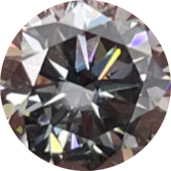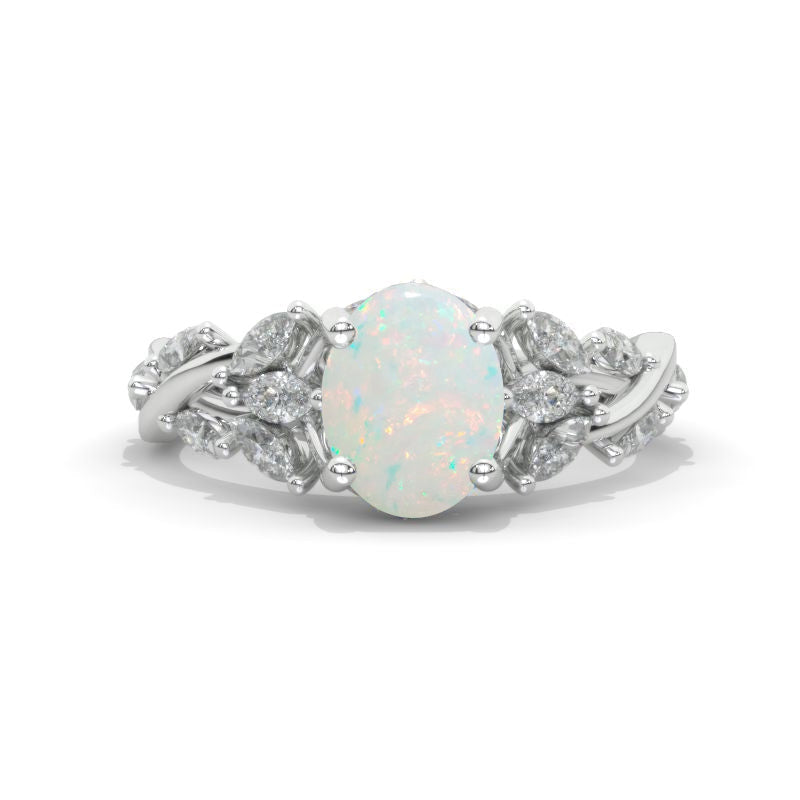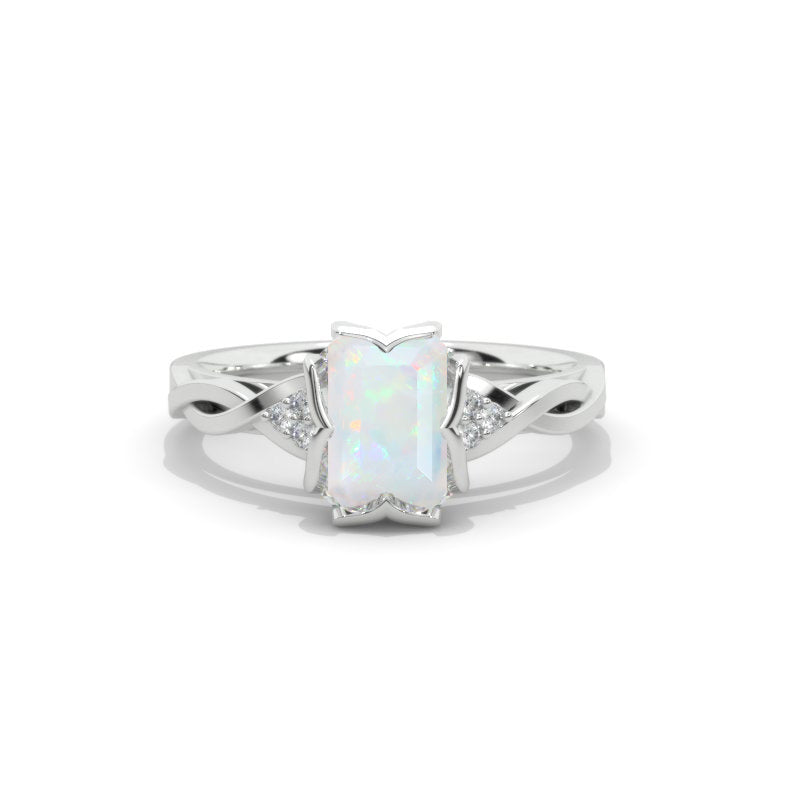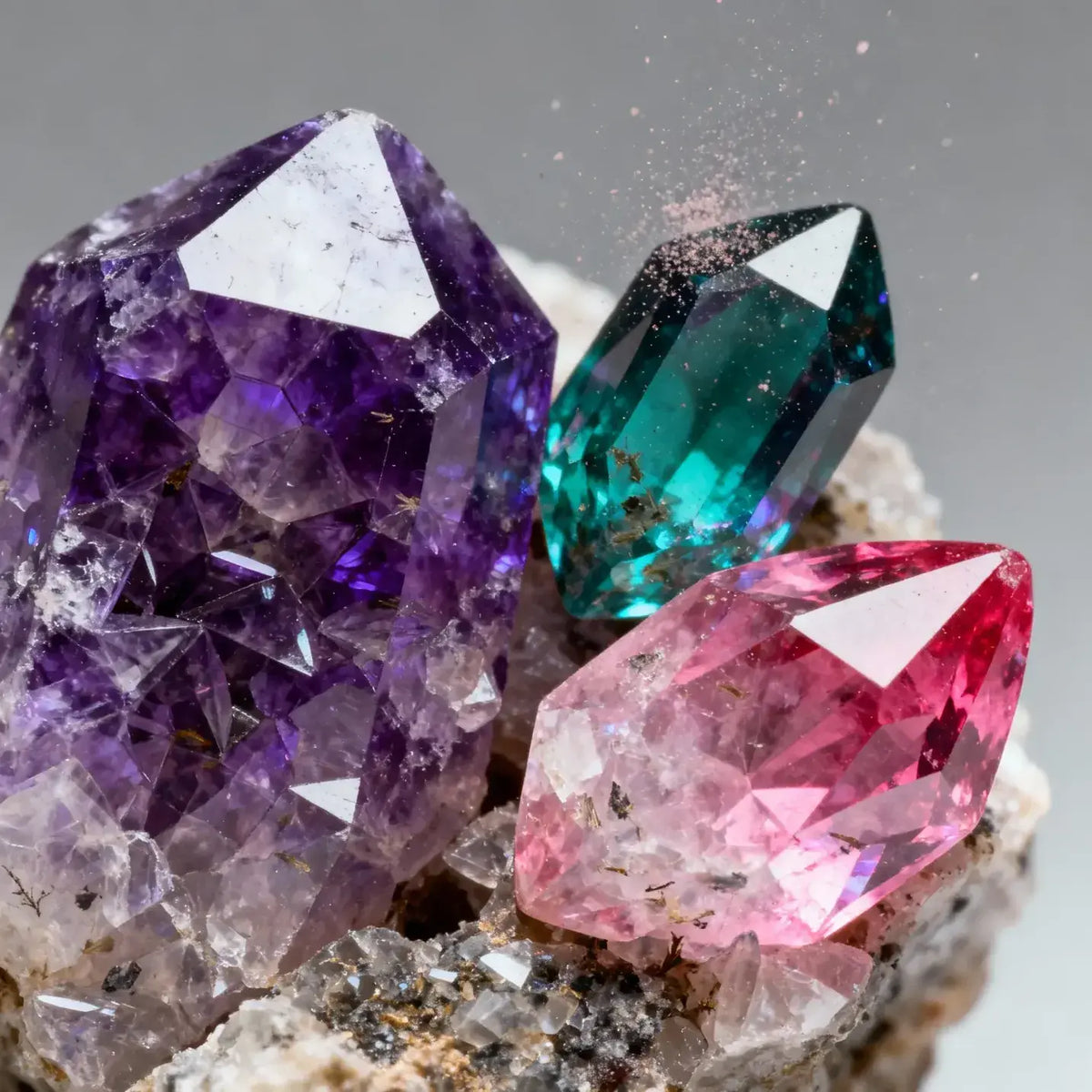Why Some Laboratory-Grown Diamonds Fail to Test as 'Diamond'

This discrepancy in testing results poses identification risks and can be confounding for consumers. Despite being chemically identical to natural diamonds, laboratory-grown diamonds may contain impurities uncommon in their naturally occurring counterparts. One such impurity is boron.
Boron, when trapped within the diamond's crystal structure, is a rare occurrence in natural diamonds, affecting their color and electrical conductivity. Laboratory-grown diamonds, particularly those produced via HPHT methods, often contain boron due to its use in the production process, leading to variations in their properties.
While boron's presence is minimal, even trace amounts can significantly impact a diamond's characteristics, including color and conductivity. This presence of boron, especially in colorless HPHT laboratory-grown diamonds, can lead to their misidentification as synthetic moissanite during basic diamond testing.
The challenge arises from the historical design of diamond testers, which primarily rely on thermal and electrical conductivity tests to distinguish diamonds from their simulants. Synthetic moissanite, with its distinct electrical properties, presents a unique challenge to these testers, complicating the identification process.
However, it's essential to note that laboratory-grown diamonds' properties may deviate from those of natural diamonds, making accurate identification crucial. While diamond testers remain valuable tools, visual inspection and additional testing methods are necessary to confirm a stone's identity, especially when dealing with laboratory-grown diamonds.
Leave a comment
Comments will be approved before showing up.
Also in Articles
 White Opal — The Radiant October Birthstone of Light and Mystery
White Opal — The Radiant October Birthstone of Light and Mystery
Why Choose White Opal for October
White opal symbolizes light, purity, and emotional depth, making it the perfect gift for anyone born in October — or for anyone drawn to its cosmic radiance. Whether you choose a handcrafted opal ring, a dainty opal pendant, or a pair of opal earrings, this gemstone always stands out as a statement of individuality and grace.





























